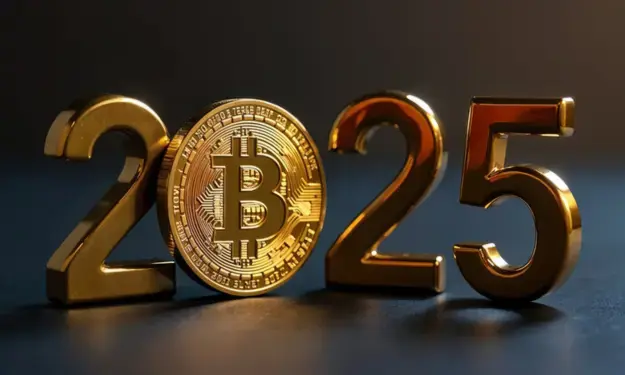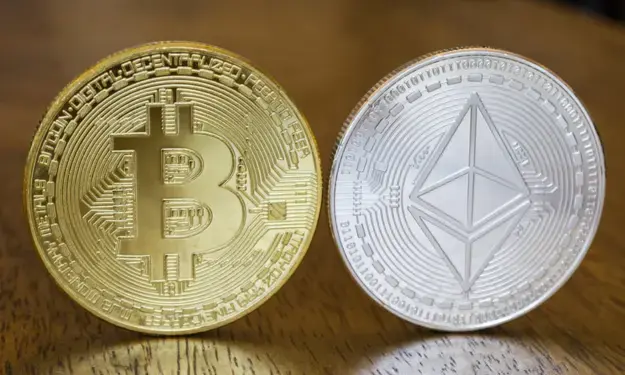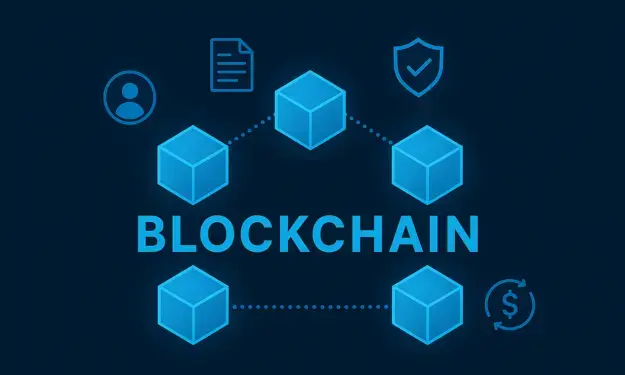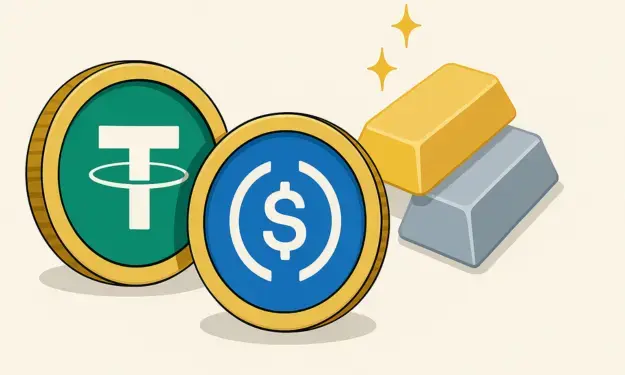Stablecoin dominance as a geopolitical advantage:
Whereas TRON handled 50% of all USDT transactions in April, that share has now risen to over 52%, with daily transactions reaching more than $12 billion in value. This growth comes not only from its existing network in Asia, but mainly from the emergence of new corridors (trade or payment routes) in Africa and South America.
In Nigeria, Kenya and Brazil, among others, TRON is being actively used by fintechs using USDT as an alternative means of payment. This is strategically important: markets with high inflation and capital constraints represent growth points where blockchain offers direct added value.
TRON AI: from concept to practical cases:
The AI layer announced in March is now in beta, demonstrating how TRON AI is more than a marketing term. Pilot projects with AI-driven credit risk analysis are now running on JustLend, where smart contracts automatically adjust loan terms based on on-chain and off-chain data.
In addition, the gaming sector is experimenting with dynamic NFTs generated and adjusted by AI based on player interactions. The goal: by Q4 2025, at least three commercial applications live that combine both blockchain and AI functionality, a combination that has so far hardly been applied at scale.
Government partnerships are becoming more complex:
Cooperation with Belize goes beyond that with Dominica: in addition to digital identities, work is underway on blockchain-based cadastral systems. With these, ownership of land and real estate can be registered and transferred almost instantly, including automatic tax settlement.
For TRON, this means that the ecosystem focuses not only on financial transactions, but also on capturing legal and administrative processes. This increases the likelihood that other governments will see the network as a turnkey solution for digital state infrastructure.
DeFi: consolidation and expansion:
The TVL (total value locked) on TRON increased to $8.1 billion, with JustLend still the backbone. Of interest is the emergence of cross-chain yield farming via BitTorrent Chain (BTTC). This allows liquidity from Ethereum or BNB Chain, for example, to be "imported" into TRON, allowing capital to be efficiently deployed across multiple networks.
Moreover, there is a growing trend of stablecoin-native DeFi on TRON, using USDT as collateral for almost all major lending and trading protocols. This ties directly into TRON's position as the largest USDT processor and reinforces the network effect.
TRON share price development
In our previous article, we indicated that TRON (TRX) moved within a rangebetween $0.21 and $0.26in early 2025.Abreakout above this range, according to our analysis, would pave the way for a further rise and that is exactly what happened. Since breaking through resistance at $0.26, the price has been in a solid uptrend, with a current level around $0.366.
Currently, TRX is testing resistance at $0.37, an important technical tipping point. A convincing breakout and daily close above this level could open the door to the next resistance around $0.40. In the chart below we have shown two scenarios, with scenario 1 having the highest probability of success at this time.
-
Scenario 1 (green): Continuation of the current uptrend towards $0.40, whichwould confirm the strongmomentum of recent months.
-
Scenario 2 (gray): A pullback to the support area around $0.33, after which a new attempt at a rise could follow.
TRON's upward momentum increased sharply in mid-June, with higher bottoms and rising trading volumes as clear signals. The next few weeks will be crucial in determining whether this trend continues. If buying pressure continues, then TRX may evenapproach the psychological$1.00 mark by 2026 in the medium term.So far, at least, the currency is firmly on course.

.svg)
.webp)









